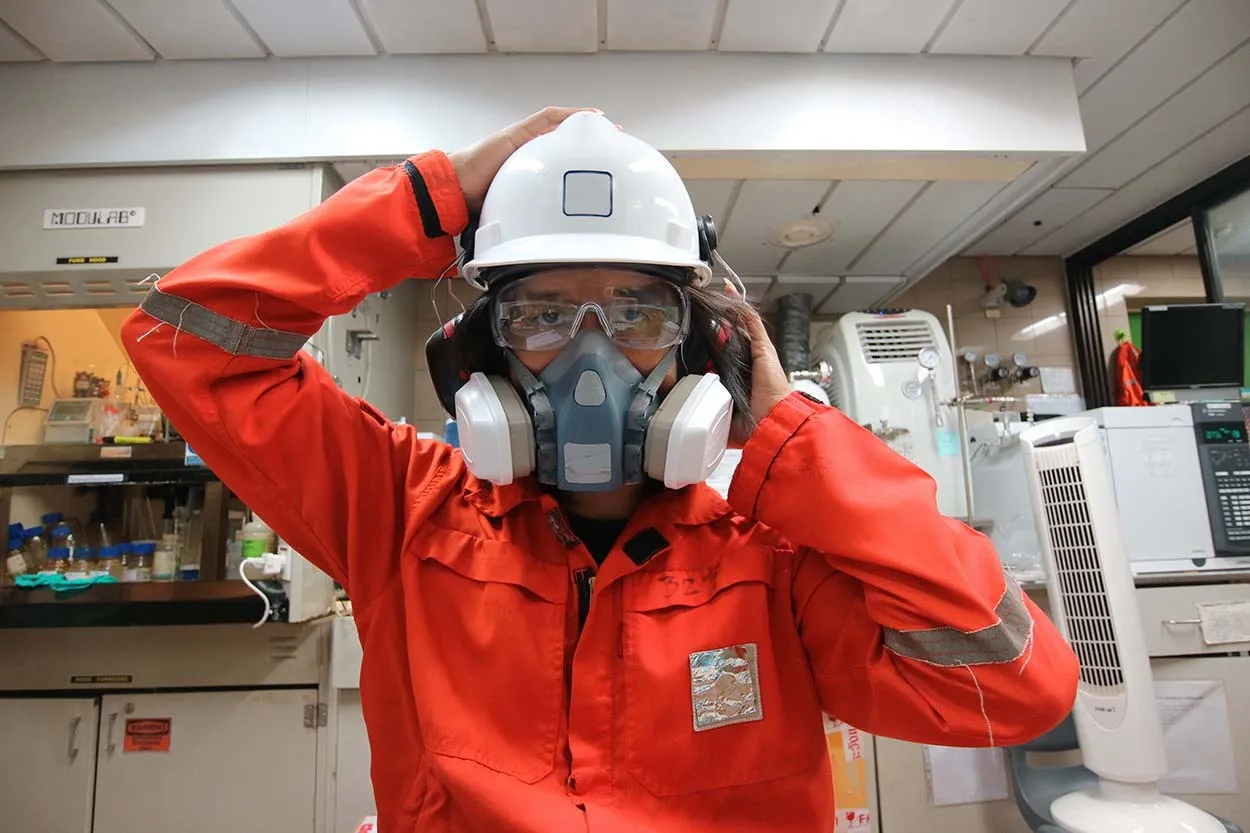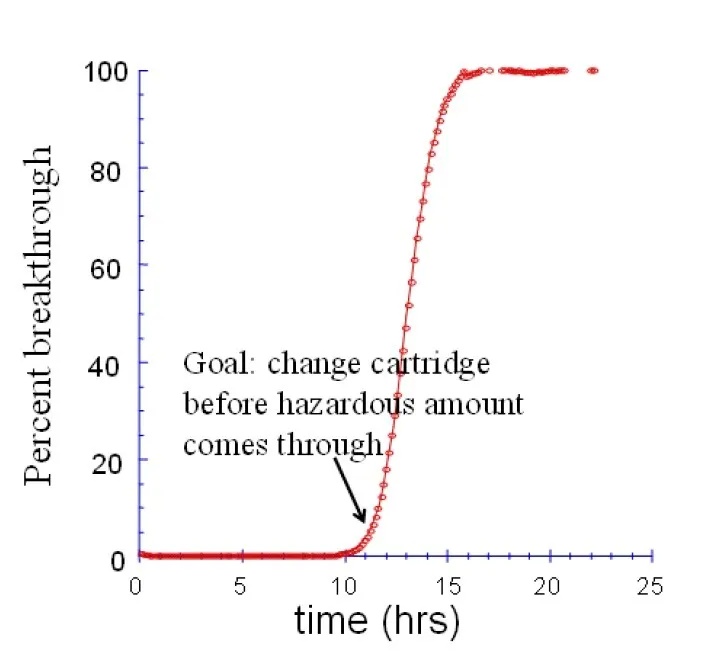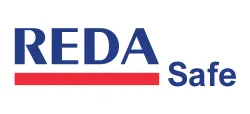How Do I Choose the Right Respiratory Protective?

Selecting Respirators for Your Workplace
Choosing the right respirator is key. No matter how well made your respirator is, it can’t filter out hazards that it’s not designed for. Once you have the results of your exposure assessment, you’re ready to select appropriate protection for your employees.
- Step One: Know your hazard type.
You’ll need to select equipment based on whether your work environment contains a particulate hazard (particles such as hazardous dusts or fibers), a gas or vapor hazard (such as solvent vapors or chlorine gas), or both types of hazards.
Generally, you protect against particulate hazards with a filter and against gas and vapors with a cartridge. If both types of hazards are present, combination cartridges are an option that can filter out both particles and gas or vapors
- Step Two: Find out if your workers need respiratory protection.
The exposure assessment should yield employee exposure levels for the substances you tested for. The results are typically measured in parts per million (ppm) or milligrams per cubic meter of air (mg/m3), commonly averaged over an eight-hour work shift.
Compare your exposure levels to the occupational exposure limit (OEL) or permissible exposure limit (PEL) set by the Occupational Safety and Health Administration (OSHA) to determine if action is required by law. You can often use values set by other groups, such as the American Conference of Governmental Industrial Hygienists (ACGIH) – if those values are lower than the OEL. In any event, make sure both your measured concentrations and the levels to which you are comparing them (such as the OEL) use the same units of measure. For instance, both could be expressed in ppm for an eight-hour time-weighted average (TWA). Measurements may also be in the form of 15-minute short-term exposure limits (STEL) or a ceiling limit (C), which is the absolute limit that should never be exceeded at any time by a worker.
If your employee exposure levels are below the OEL, then respirators aren’t legally required, though you may still want to offer respirators for voluntary use. If your levels are above the limit, look to reduce exposures through engineering, or administrative controls. If putting those controls into place is not feasible, choose respiratory protection that help bring exposures down to an acceptable level for workers.
- Step Three: Determine level of protection needed.
The only respirators OSHA allows for use in the workplace are those approved by the National Institute for Occupational Safety and Health (NIOSH). All NIOSH-approved respirators have an assigned protection factor (APF), which can range from 10 to 10,000.
The APF is the workplace level of respiratory protection that a respirator or class of respirators is expected to provide to employees when the employer implements a continuing, effective respiratory protection program as specified by 29 CFR 1910.134. For instance, an APF of 10 means the respirator can protect against exposure levels that are up to 10 times the PEL for that hazard.
To see what level of APF your workplace needs, divide your exposure levels by the exposure limit. (This is called the “hazard ratio.”) For instance:
Exposure level: 500 ppm ÷ OEL or PEL: 50 ppm
—
APF: 10
- Step Four: Choose a respirator type
Once you know your required APF, you can narrow down your choices to those respirators that can reduce exposure to below the OEL. OSHA lists APFs for different types of respirators. For example, half-mask respirators with cartridges and filters have an APF of 10.
Besides choosing equipment appropriate for your workplace’s types and levels of hazards, you must also consider compatibility with other required protective equipment, such as safety glasses and hard hats. Glasses and half face respirators, for example, may compete for space on the same part of the face — the bridge of the nose — so it’s vital to find equipment that fits together without causing either leakage around the respirator edges or loss of eye protection.
Comfort and ability to do the job are also important considerations; if the work is particularly strenuous, try to select respirators that are as lightweight and streamlined as possible. And keep in mind that people’s faces come in all shapes and sizes; you may need to select from a variety of models and sizes to find properly fitting respirators for all workers who need one.
Overview of Respiratory Equipment Types
Respirators are classified by the type of hazard they protect against, their APF and the specific substance(s) they’re approved for. There are other ways that you may also commonly see respirators classified as well, such as:
Negative-Pressure
Negative-pressure respirators rely on the wearer to pull air in through cartridges or filter. This has the potential to put a strain on the wearer, which is why medical evaluations are important (and required).
A: Filtering Facepiece
Disposable respirators, also known as filtering facepieces, are used to help protect against some particulate hazards. They’re lightweight and require no maintenance since they’re discarded after use.
B: Reusable
Reusable respirators can be used with particulate filters, gas and vapor cartridges or combination cartridges, which may need to be replaced on a schedule or as needed.
C: Half-Face
Half-face respirators cover the lower half of the face, including the nose and mouth.
Full-face respirators cover the eyes and much of the face, and can sometimes replace the need for safety glasses.
Positive Pressure - PAPR
Positive-pressure respirators do the work of pushing air to the respirator headtop or facepiece; they can either be powered-air, using a battery-powered blower to pull air through a filter, or supplied-air, bringing clean air through a hose from a source outside of the contaminated work area.
Self-Contained Breathing Apparatus (SCBA)
Self-contained breathing apparatus (SCBA) is classified as a positive pressure supplied air respirator, but is different from all other respiratory equipment in that the user carries the source of the clean air with them in a tank. This type is mainly used for conditions that are unknown or “immediately dangerous to life or health” (IDLH), such as oxygen-deficient atmospheres, when hazards are so concentrated or so toxic they can’t be brought to acceptable levels with other types of respiratory protection, or when you’ve been unable to definitively record the level of hazard in the workplace.
Choose a Cartridge and/or Filter
Understanding the different types of particulate filters and gas and vapor cartridges can help you select the right one. NIOSH categories and labels are useful systems to learn about.
The negative-pressure categories are based on a combination of two factors:
- Resistance to oily mists. This is indicated by a letter (N, R or P). N-class filters are not resistant to oil. R-class filters are oil-resistant, but they may only be used against oily mists for up to eight hours. P-class filters are oil-proof; time-use limitations must be determined by the manufacturer. 3M recommends 40 hours of use or 30 days, whichever occurs first, for its P-class filters.
- Filtration efficiency. Filters will be rated 95, 99 or 100. This means when used properly, they are capable of filtering at least 95%, 99% or 99.97% of airborne particles.
For PAPR filters, there is single particulate filtration classification referred to as HEPA or HE. High Efficiency Particulate Air or HEPA filters provide at least 99.97% filtration for all particulates.
For gas and vapor cartridges, NIOSH has a color-coding system to help you identify the correct equipment for your specific hazard. For example some common colors are: - Organic vapors from solvents, such as those in paints and thinners, require a cartridge with a black label.
- Cartridges approved for acid gases, include gasses such as chlorine, hydrogen sulfide and sulfur dioxide, have a white label.
- Yellow-labeled cartridges are approved for both organic vapors and acid gases.
- Cartridges approved for ammonia or methylamine have a green label.
Cartridge Change Schedules for Low Exposure Environments
Gas/Vapor Cartridge Service Life:
A typical gas/vapor breakthrough curve is shown below. If the proper cartridge has been selected for the application, there will be no significant gases or vapors exiting the cartridge for a period of time. Then, as breakthrough commences, the amount coming through the cartridge will increase sharply. The goal is to change the cartridge before a hazardous amount exits the cartridge.
However, if the exposure outside the respirator is low enough to be considered non-hazardous, then the amount eventually coming through the cartridge will also be non-hazardous. Therefore, choice of when to change the cartridge is somewhat arbitrary. From a practical perspective, choose a change schedule that is easy for workers to remember (e.g. 1 week, 1 month, etc.). Change cartridges earlier if contaminant odor, taste, or irritation is detected inside the facepiece. A variant of the above scenario is a mixture with some of the gases or vapors at hazardous levels, and some below hazardous levels. For determining cartridge change schedules, we are concerned with the gases and vapors with the shortest cartridge servie life. For organic vapors, these are the chemicals with the highest vapor pressure (e.g. acetone, isopropanol, etc.). If the contaminant with shortest service life has exposure levels below hazardous levels (even after considering possible health effects from mixtures), it may be removed from the service life consideration.
For example, a painter is exposed to a mixture of organic vapors including very low levels of acetone. Exposure information for all of the gases and vapors are entered into a service life software program. The estimated service life is very short based on acetone going quickly through the cartridge. Realizing that the amount of acetone coming through the cartridge is well below hazardous levels, acetone is removed from the service life software, and the estimate is run again.








